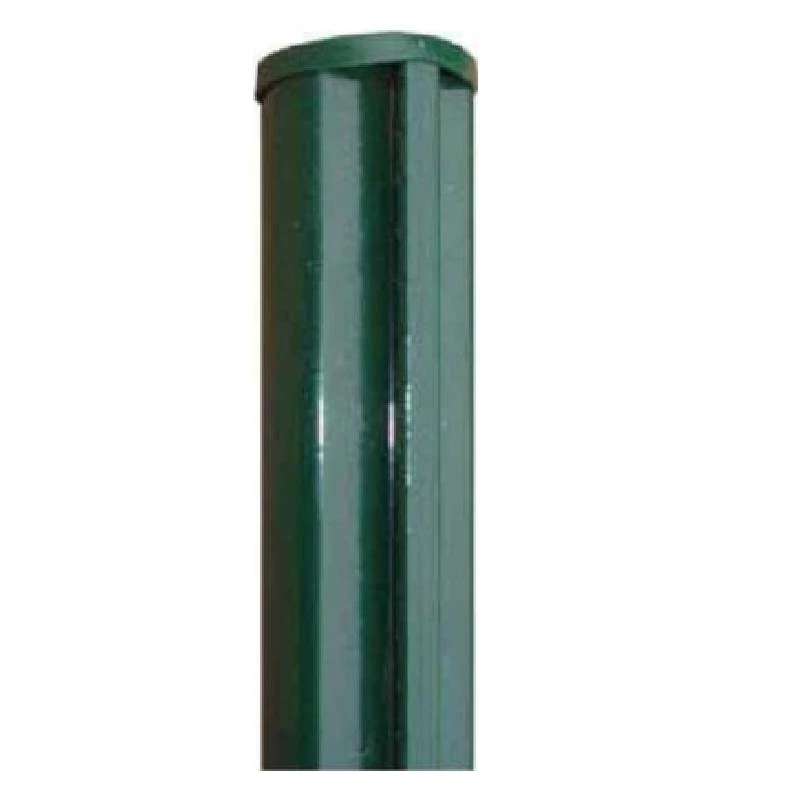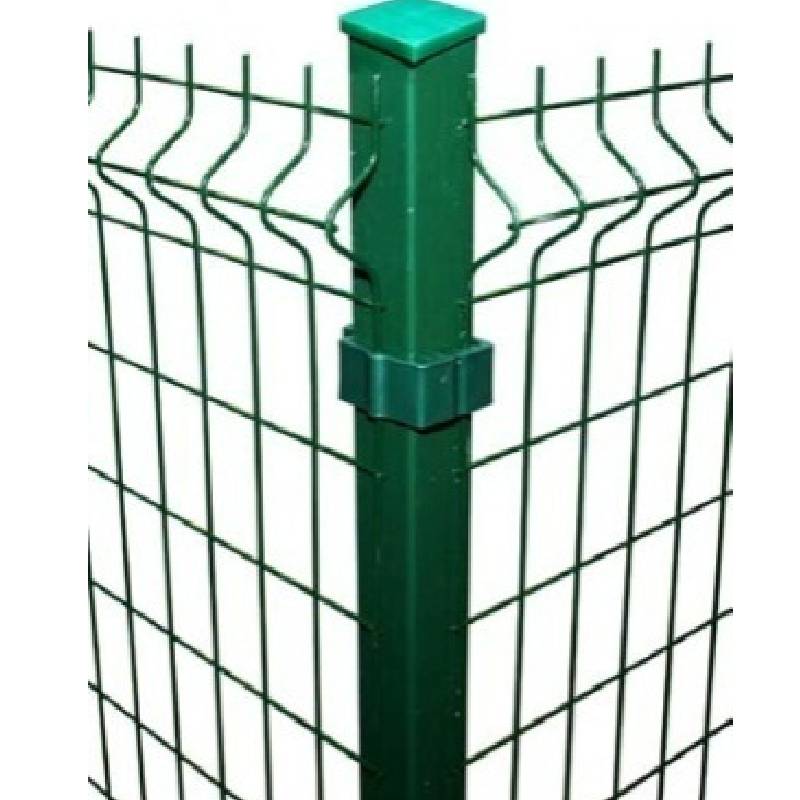-
Электрондук почта:zhao@hyliec.cn
-
Тел:+86 311 85273988
-
WhatsAPP:8613931128750
-
 африкалык
африкалык -
 Албанча
Албанча -
 Амхарча
Амхарча -
 Арабча
Арабча -
 Армянча
Армянча -
 азербайжан
азербайжан -
 Баскча
Баскча -
 Беларусча
Беларусча -
 Бенгалча
Бенгалча -
 Бошнакча
Бошнакча -
 Болгарча
Болгарча -
 Каталанча
Каталанча -
 Себуано
Себуано -
 Корсикче
Корсикче -
 Хорватча
Хорватча -
 Чехче
Чехче -
 Датча
Датча -
 Нидерландча
Нидерландча -
 Англисче
Англисче -
 Эсперанто
Эсперанто -
 Эстончо
Эстончо -
 Финче
Финче -
 Франсузча
Франсузча -
 фриз
фриз -
 Галицияча
Галицияча -
 Грузинче
Грузинче -
 Немисче
Немисче -
 Грекче
Грекче -
 Гужаратиче
Гужаратиче -
 Гаити креол
Гаити креол -
 Хаусача
Хаусача -
 Гавайча
Гавайча -
 Еврейче
Еврейче -
 Жок
Жок -
 Miao
Miao -
 Венгерче
Венгерче -
 Исландияча
Исландияча -
 игбо
игбо -
 Индонезияча
Индонезияча -
 Ирландча
Ирландча -
 Итальянча
Итальянча -
 Жапончо
Жапончо -
 Жанавизче
Жанавизче -
 Каннадача
Каннадача -
 Казакча
Казакча -
 кхмер
кхмер -
 Руанда
Руанда -
 Корейче
Корейче -
 күрд
күрд -
 Кыргызча
Кыргызча -
 ТБ
ТБ -
 Латынча
Латынча -
 Латвияча
Латвияча -
 Литвача
Литвача -
 Люксембургча
Люксембургча -
 Македонияча
Македонияча -
 Малгаши
Малгаши -
 Малайча
Малайча -
 Малаяламча
Малаяламча -
 Малтизче
Малтизче -
 Маориче
Маориче -
 Маратиче
Маратиче -
 Монголчо
Монголчо -
 Мьянма
Мьянма -
 Непаличе
Непаличе -
 Норвежче
Норвежче -
 Норвежче
Норвежче -
 Occitan
Occitan -
 Пуштунча
Пуштунча -
 Парсча
Парсча -
 Полякча
Полякча -
 Португалча
Португалча -
 Пунжабиче
Пунжабиче -
 Румынча
Румынча -
 Орусча
Орусча -
 самоа
самоа -
 Шотландиялык галец
Шотландиялык галец -
 Сербче
Сербче -
 Англисче
Англисче -
 Shona
Shona -
 Синдиче
Синдиче -
 Sinhala
Sinhala -
 Словакча
Словакча -
 Словенияча
Словенияча -
 Сомаличе
Сомаличе -
 Испанча
Испанча -
 сундан
сундан -
 Свахиличе
Свахиличе -
 Шведче
Шведче -
 Тагалогчо
Тагалогчо -
 тажик
тажик -
 Тамилче
Тамилче -
 татар
татар -
 Телугуча
Телугуча -
 Тайча
Тайча -
 Түркчө
Түркчө -
 Түркмөнчө
Түркмөнчө -
 Украинче
Украинче -
 Урдуча
Урдуча -
 уйгур
уйгур -
 Өзбекче
Өзбекче -
 Вьетнамча
Вьетнамча -
 Валлийче
Валлийче -
 Жардам
Жардам -
 Идишче
Идишче -
 Йорубача
Йорубача -
 Зулуча
Зулуча
Фехтование посту
What Type Of Fence Post Is Best?
The best type of fence post depends on various factors such as the type of fence, local climate, soil conditions, and personal preferences. Common options for fence posts include:
1. Round steel posts: Round steel posts are a traditional and versatile choice, suitable for various fence types. They can be treated to resist rot and decay, but may require maintenance over time.
2. Square steel posts and rabbet posts offer durability and strength, making them suitable for supporting heavy or high-security fences. They are resistant to rot and insect damage.
3. Steel round posts/ square posts/ rabbet with base plate: They are suitable to install on the concrete ground, and fixed by concrete nails.
What Size Is A Fence Post?
Fence posts come in various sizes, typically having Φ32 Φ34 Φ38 Φ48 Φ60 Φ80 for round steel posts and 40x40 60x60 40x60 60x60 80x80 100x100 etc for square tube posts in dimension. The specific size of a fence post depends on the type of fence being installed, the height and weight of the fence panels, and the local building codes or regulations. It's important to select the appropriate size of fence post to ensure stability and structural integrity for the specific fencing project. Consulting with a professional or referring to local building codes can provide guidance on the recommended size of fence posts for a particular application.
Fence Post FAQ:
What type of fence post is best?
The best type of fence post depends on various factors such as the type of fence, local climate, soil conditions, and personal preferences. Common options for fence posts include round steel posts, square steel posts and rabbet steel posts, posts with base plate or without base plate. Each type has its own advantages and considerations, so it's important to choose the most suitable option based on the specific requirements of the fence project.
What size is a fence post?
Fence posts come in various sizes, typically typically having Φ32 Φ34 Φ38 Φ48 Φ60 Φ80 for round steel posts and 40x40 60x60 40x60 60x60 80x80 100x100 etc for square tube posts in dimension. The specific size of a fence post depends on the type of fence being installed, the height and weight of the fence panels, and local building codes or regulations. It's important to select the appropriate size of fence post to ensure stability and structural integrity for the specific fencing project.
How to install a panel fence?
Paneling a fence involves several steps, including measuring and planning, installing the posts, attaching the panels, adding finishing touches, and performing regular maintenance. It's important to follow the manufacturer's instructions and local building codes when paneling a fence to ensure proper installation and compliance with regulations. If in doubt, it's advisable to consult with a professional or seek guidance from experienced individuals.






